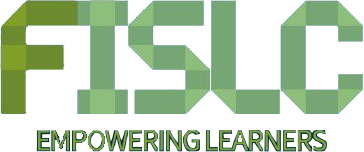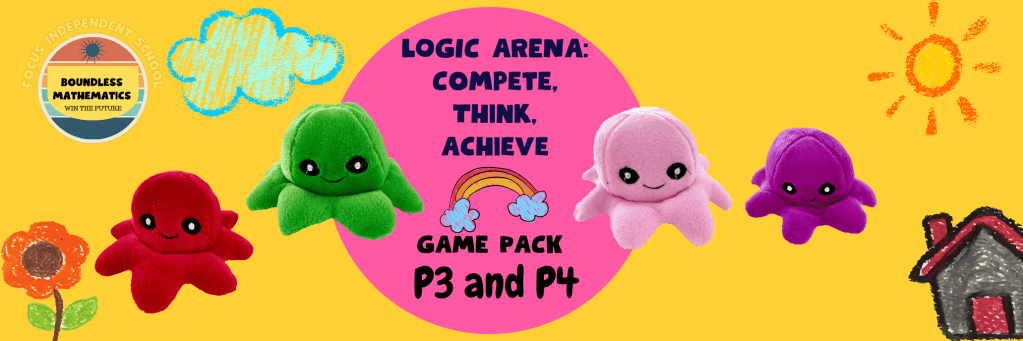Recent studies and research show that today’s world changes rapidly. It forces us to face abundant information, rapidly changing technology and information as well as complex challenges that emerge in our work fields. This fact emerges questions to us as educators: How will our students gain success in the future? And how are we going to help them to keep up with these? To answer those questions, we need to prepare our students to be able to meet those challenges by redefining the way they work. We need to ensure that our students shift from doing routine tasks into developing non routine tasks.

David H. Autor, an economics professor in MIT, defines routine tasks as middle skilled cognitive and production activities such as bookkeeping, clerical work and repetitive production tasks. These activities require the students to follow well-understood procedures. Routine tasks do not provide as much help to the students to meet the real-world challenges that they will face as non routine tasks. Non routine tasks, according to Autor, are abstract activities that require problem solving, intuition, persuasion, and creativity and analytical skills such as interpersonal skill. Thus, these activities equip the students the ability to meet the real-world challenges which are dynamic and complex.
What is design thinking and what standards are required when using the design thinking method?
There is one approach that educators can apply in the classroom which can help the students to develop the habit of having non routine tasks. The approach is called as Design thinking. Design thinking an iterative process in which we try to: understand our users, challenge assumptions (beliefs), and redefine problems in order to identify alternative strategies and solutions that might not be in line with our initial level of understanding. Design thinking provides a solution-based approach to solving problems.[1] We can use design thinking to solve complex problems and real-world challenges. In short, design thinking we can sum up design thinking as a human centered approach to solving problems that meets the user’s need.

Design thinking involves five phases: empathize, define, ideate, prototype and test. Empathize is the initial phase of the approach in which we gain as many data as possible about our users.We can conduct as various method to gain the data. We can do an interview or an observation to help us understand our users and what they need. By mapping the data into an empathy map we will be able to find out what they need and later on generate an insight.
The next phase of design thinking is the define phase. In this phase we are trying to define their user’s problem from their insight that we have generated within the empathy phase. Based on the insight, we try to state our user’s problem statement from our point of view. This defined problem statement becomes the basis for us to move on to the next phase: ideate. In this phase we do brainstorming in order to get creative solutions or alternatives for our users. As we have come up with several creative ideas we have to share our ideas to our users to get some feedback from them before we go on to the next phase.
We use the feedback that we get from our users we develop a representation of our ideas to be shown or shared to our users during the prototype phase. After developing our ideas into a prototype,we come to the last phase of the design thinking, which is called as the test phase. In this phase we return to our users to get some feedback from them related to our prototype. The feedback we get from our users in the test phase will determine whether we have set the best solutions for their problems.
When we apply design thinking in the classroom, we should have Design Thinking Standards in each phase. The Design Thinking Standards empower the students by developing their confidence,competence, creativity, and their ability to collaborate innovative solutions to solve complex problems.
Design Thinking Standards (DTS) are actionable and assess able learning goals that describe what students should be able to do when using the design thinking process. The DTS also provide educators a foundation of what they expect the to learn and do when using the design thinking approach. DTS consists of:
- Design practices (skills that students will be able to do)
- Core design ideas (knowledge that students will understand)
- Design mindsets (set of attitude essential for effective application of design thinking).
Those mindsets are: Human centered, Empathy, Mindful of Process, Culture of Prototyping, Show Don’t Tell, Bias Toward Action and Radical Collaboration[2].
Design Thinking Standards are important foundation in creating a project because the standards set are not only building the students’ knowledge. They also build the students’ skill as well as the students’ mindset. By applying these standards in the classroom, the students will not only be able to learn something but they will be able to do something.

As a result of applying Design thinking approach in the classroom, the students will be able to develop skills that the will need to face the 21st century challenges, called the Seven Survival Skills. Those skills are:
- Critical thinking and problem-solving. Refers to the students’ ability to identify the problem and find relevant information to set a solution.
- Collaboration across network and learning by influence. Refers to the students’ ability to work with groups of diversity and to influence others through persuasion and reasoning.
- Agility and adaptability. Refers to the students’ ability to get through distraction and obstacles and make appropriate changes to make them fit in their workplace.
- Initiative and entrepreneurialism. Refers to the students’ ability to take self-directed action, search for new opportunities, make improvement and find a solution.
- Effective oral and written communication. It refers to the students’ ability to share ideas clearly and effectively to others who have different perspectives and cultures.
- Assessing and analyzing information. Refers to the students’ ability to evaluate available information to identify valuable knowledge that can lead them to the solution they need.
- Curiosity and imagination. Refers to their willingness and awareness to learn and to think of an improvement using their creativity. ***
[1] www.intereactiondesign.com
[2] FISTTCB2, October 2018





